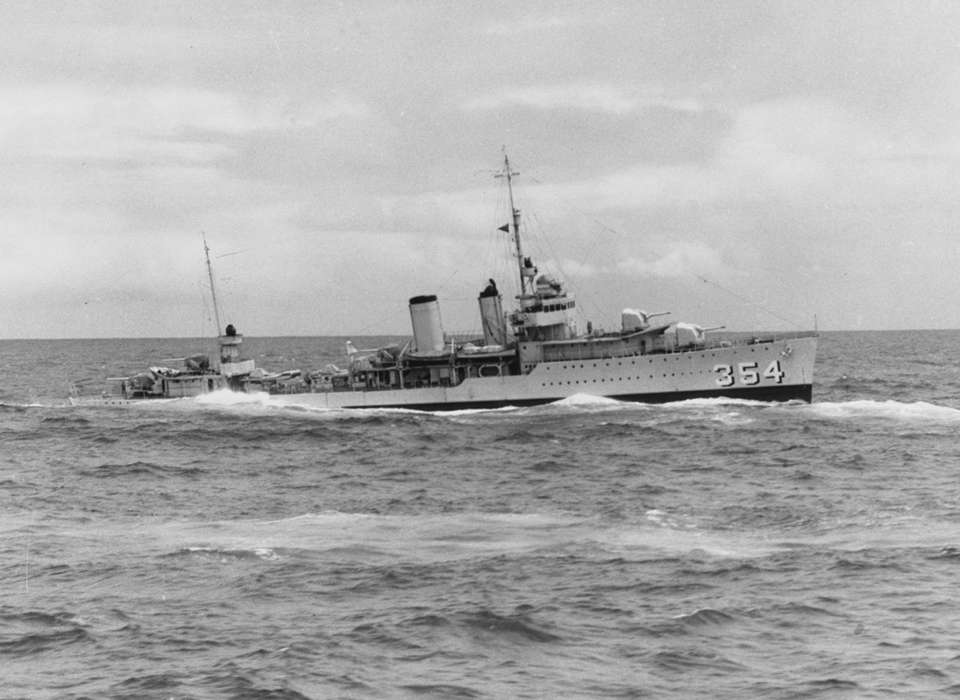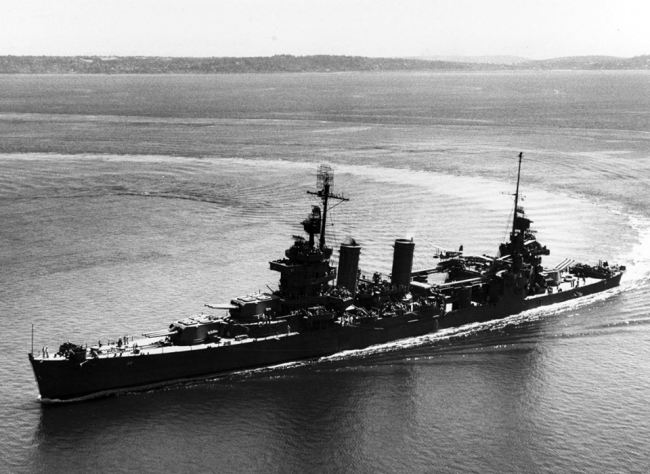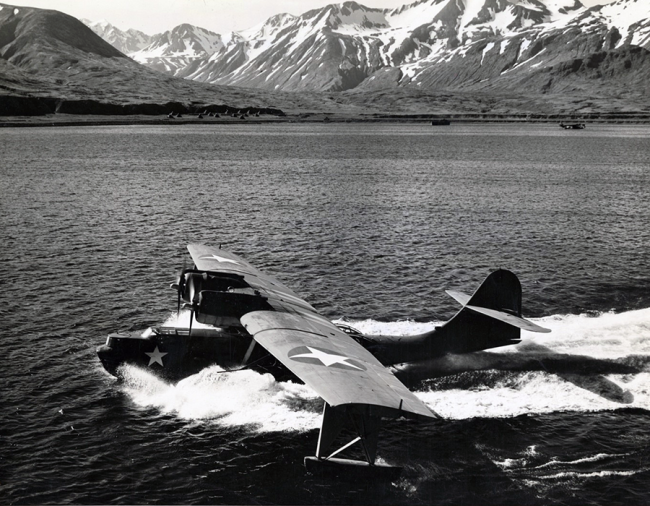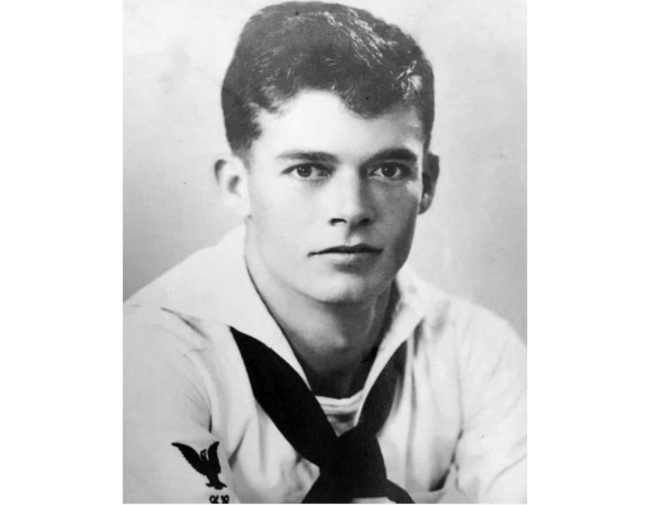No one in the US Pacific Fleet knew how their day, let alone their lives, would change when the sun peeked above the horizon on Sunday, December 7, 1941. Since the spring of 1940, when the fleet had arrived in Hawaiian waters for a “temporary stay,” routine ruled daily operations. The US Navy is very fond of routine, tradition, and training—and in a prewar Navy, this posture made complete sense. Warships are expensive to operate, sailors need to be kept happy to retain knowledge, and capabilities of the fleet had to be in top shape to respond to a threat and expand if war started.
Among the ships of the battle line in Pearl Harbor, destroyers were the most active in their routine. Although not the primary targets of Japanese efforts during the surprise attack, the destroyers were nonetheless in the thick of the action. One of the busiest on that day was the USS Monaghan (DD-354), stirred to action when reports of a suspicious submarine broke up the daily routine.
In the first decades of the twentieth century, naval warfare expanded beyond surface threats, turning naval combat into a three-dimensional problem. Submarines from below, surface ships on the horizon, and aircraft free to roam the sky all required different methods to defend against. As the fleet changed to meet these new threats, the smallest ships on the line, known as destroyers, underwent design changes that allowed them to deal with all three. Equipped with sonar, depth-charges, dual-purpose main guns, and a heavy torpedo battery, destroyers served as escorts, scouts, and surface combatants, screening all types of ships during long oceanic patrols. As a measure of their importance, over 30 destroyers were stationed in Pearl Harbor to protect the fleet. The difference in destroyer service was that their work did not stop when the heavy ships anchored in a friendly harbor.
Of the many duties carried out by these greyhounds of the fleet was regular anti-submarine picket duty at the entrance to Pearl Harbor. Assignment to the picket station at the head of the harbor happened on a regular rotation through the ships present. The destroyers were organized into squadrons, and each squadron had a flagship and two, four-ship divisions. In Pearl Harbor, north of Ford Island near the area called East Lock, the majority of the Pacific Fleet destroyers were anchored in groups of four commonly called “nests.”
On December 7, 1941, the USS Ward (DD-139) had the duty and was patrolling off the harbor entrance. USS Monaghan, nested with the other ships of Destroyer Division 2, Destroyer Squadron 1, was on call as the ready duty ship. As the ready duty ship, the Monaghan had to be ready to sail in support of Ward should the need arise—a service that was rarely called for.
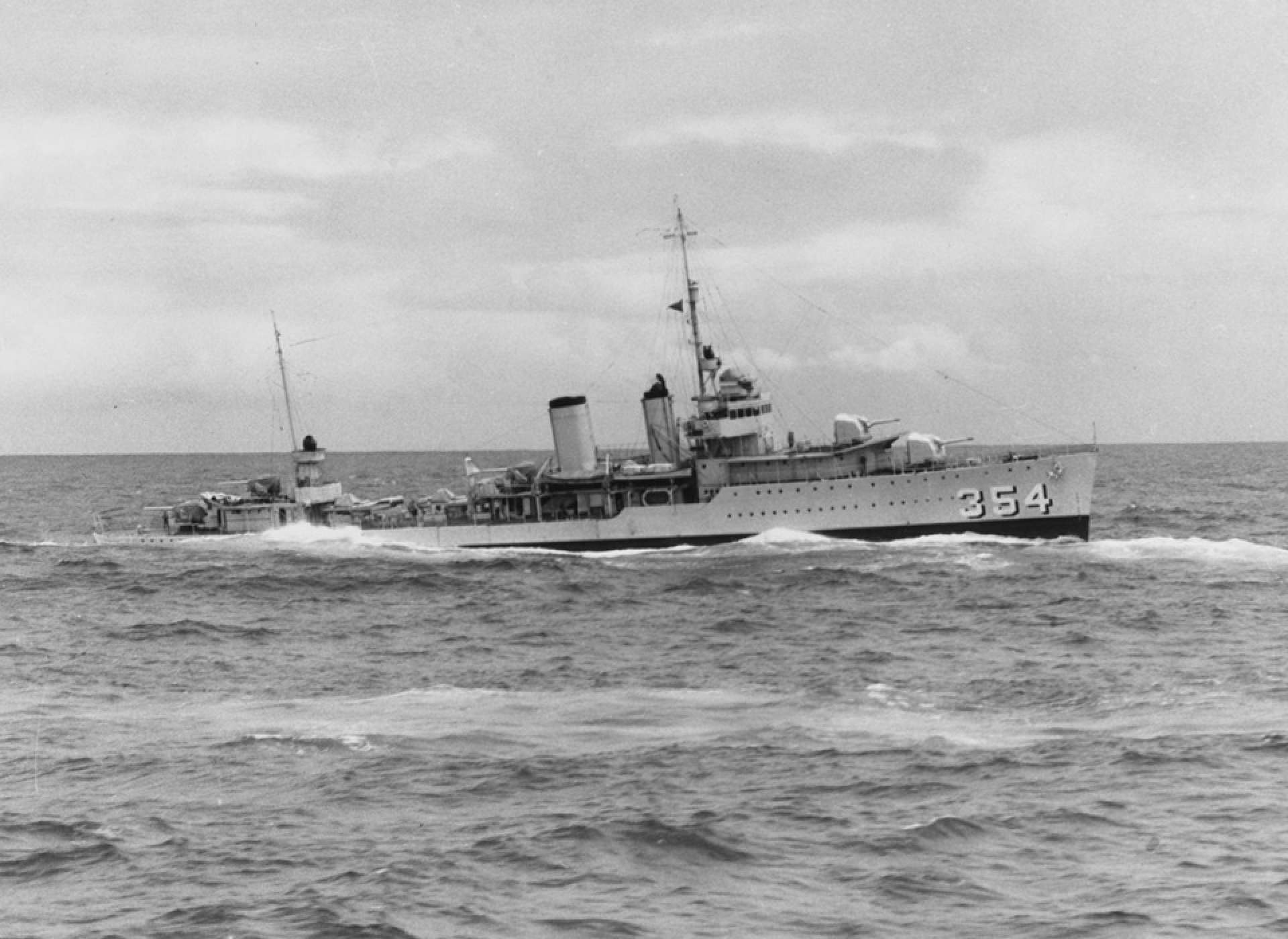
USS Monaghan (DD-354) sailing in May 1937. A member of the Farragut-class destroyers, the Monaghan commissioned in April 1935. Commonly called a “goldplater” because of the modern design, increased crew spaces, and yacht like appearance, the Monaghan reflected the evolution of destroyers after World War I and along with other ships in its class became some of the most decorated destroyers during World War II. Image courtesy of the Naval History and Heritage Command.
December 7 started like any normal day. Early in the morning the watch prepared to change as the cooks and bakers of Monaghan awoke early to begin preparing food for the still sleeping crew. Unknown to them at 6:45 a.m., their sister destroyer Ward was busy chasing down a suspicious submarine attempting to enter the harbor. Hours before Japanese aircraft were launched to strike Pearl Harbor, five Type A midget submarines were launched from their mother ships near the entrance of the harbor. Their mission was to sneak past the guard ship and net booms to sink shipping in conjunction with the aerial attack.
Ward noticed the attempt of I-20 to infiltrate the harbor and responded by putting a four-inch shell through the conning tower, likely killing the crew of two, before finishing the job with a four depth charge pattern. Despite the euthanasic report submitted by Ward, it took until 7:51 a.m. for orders to reach the Monaghan to sail in support of Ward. Reacting to the call, Commander William P. Burford, captain of the Monaghan, ordered the crew to make all preparations for getting underway immediately. Within minutes of this order, a lookout shouted that Japanese planes were attacking. The routine had been turned upside down. This was no drill.
Calling the crew to general quarters, Burford ordered an emergency sortie, instructing the engineering officer to raise steam as soon as possible. Normally, departure for a steam-powered ship takes hours of preparation. Deck crews have to clear the ship, special sea detail has to be set, and the boilers need at least an hour to be lit and brought up to temperature. Within 30 minutes, Monaghan was ready to sail and began casting off mooring lines. It was one of the few ships to actually get underway during the attack, and one of even fewer to be sailing while the first attack was still in progress. As the Monaghan began to move away from the nest, Japanese dive and torpedo bombers were given the immediate attention of the ships main five-inch battery before a curious signal hoist from seaplane tender USS Curtiss (AV-4) turned the attention to the water. The flags indicated there was a Japanese submarine in the harbor.
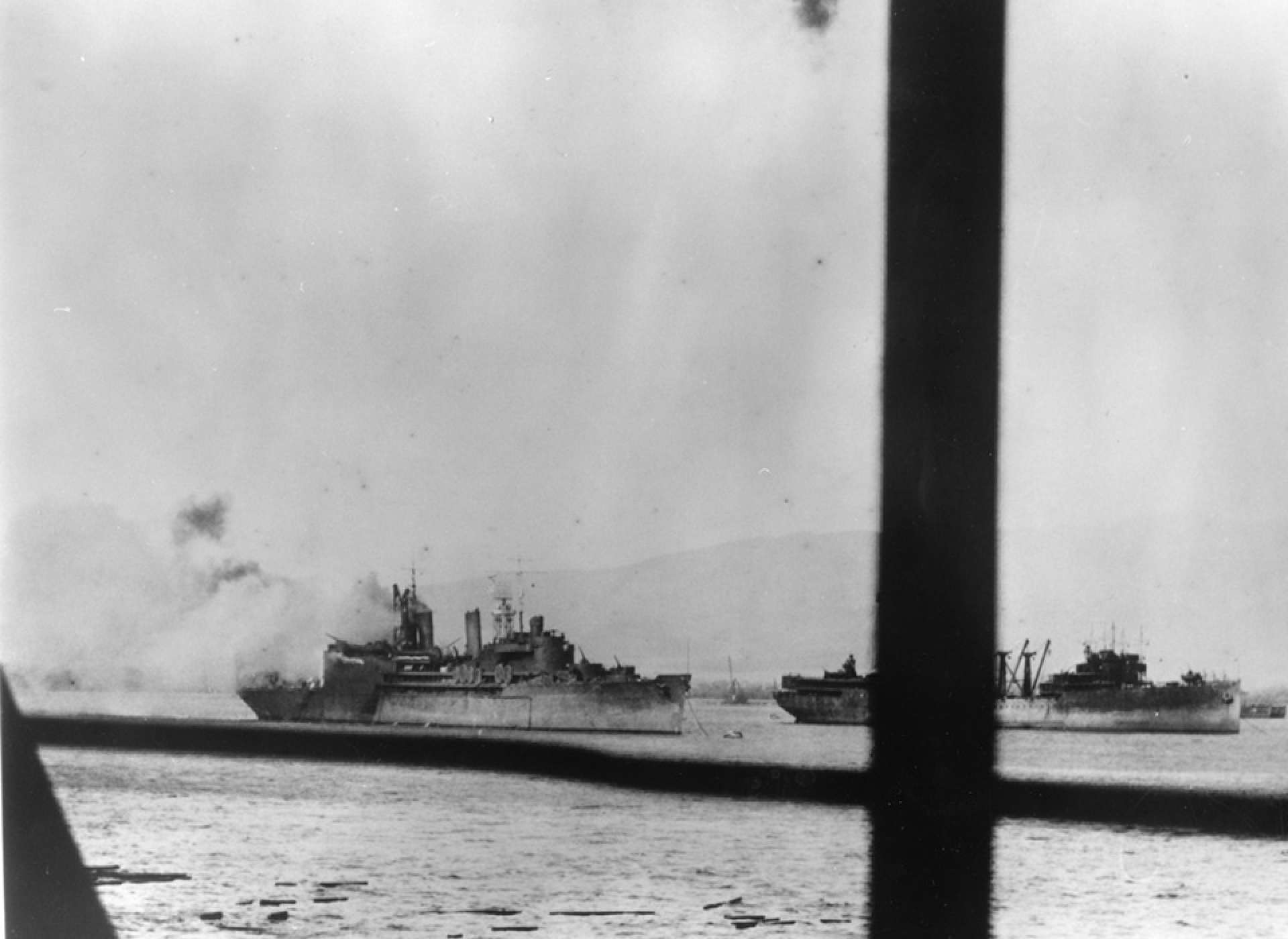
USS Curtiss (AV-4) is seen burning from a bomb hit at anchor in Pearl Harbor on December 7, 1941. This photograph was taken minutes after Monaghan charged past Curtiss (left to right in the photograph) on its short run to ramming the Japanese Type A submarine I-22. Barely visible above the center smoke stack are the signal flags POSIT over EMERG, indicating a submarine had been sighted. Image courtesy of the Naval History and Heritage Command.
Lookouts on Monaghan spotted the periscope of I-22 1,200 yards off the starboard quarter as it was taken under fire by ships in the harbor. Suddenly the conning tower and part of the submarine breached the surface, likely because it had fired one of its two torpedoes at the Curtiss. Freed of the huge weight, the partially surfaced submarine became a magnet for five-inch shells. As the Japanese torpedo missed the Curtiss, the captain of Monaghan ordered up flank speed, intending to ram. Surging forward, Monaghan ran down the stricken submarine in less than four minutes, striking it a glancing blow at 25 knots before decimating it with two depth charges set at 30 feet. Submarine threat neutralized, the next enemy was momentum.
Simply put, ships do not have brakes, and there is not much room in a harbor. Lucky to avoid damage from depth-charges exploding in such close proximity, the Monaghan was ordered to all back emergency full as the tin can was bearing down on a moored derrick. The collision with the derrick was minor. However, mooring lines became tangled around the Monaghan’s propellers. With great skill the crew was able to clear the propellers and get the ship underway down the main channel in time for the second attack to develop around them. The crew had no idea that their race to the deep blue water away from the burning battle fleet was only the beginning of their adventure. Monaghan remained offshore for the next week patrolling against the possibility of a Japanese surface attack.
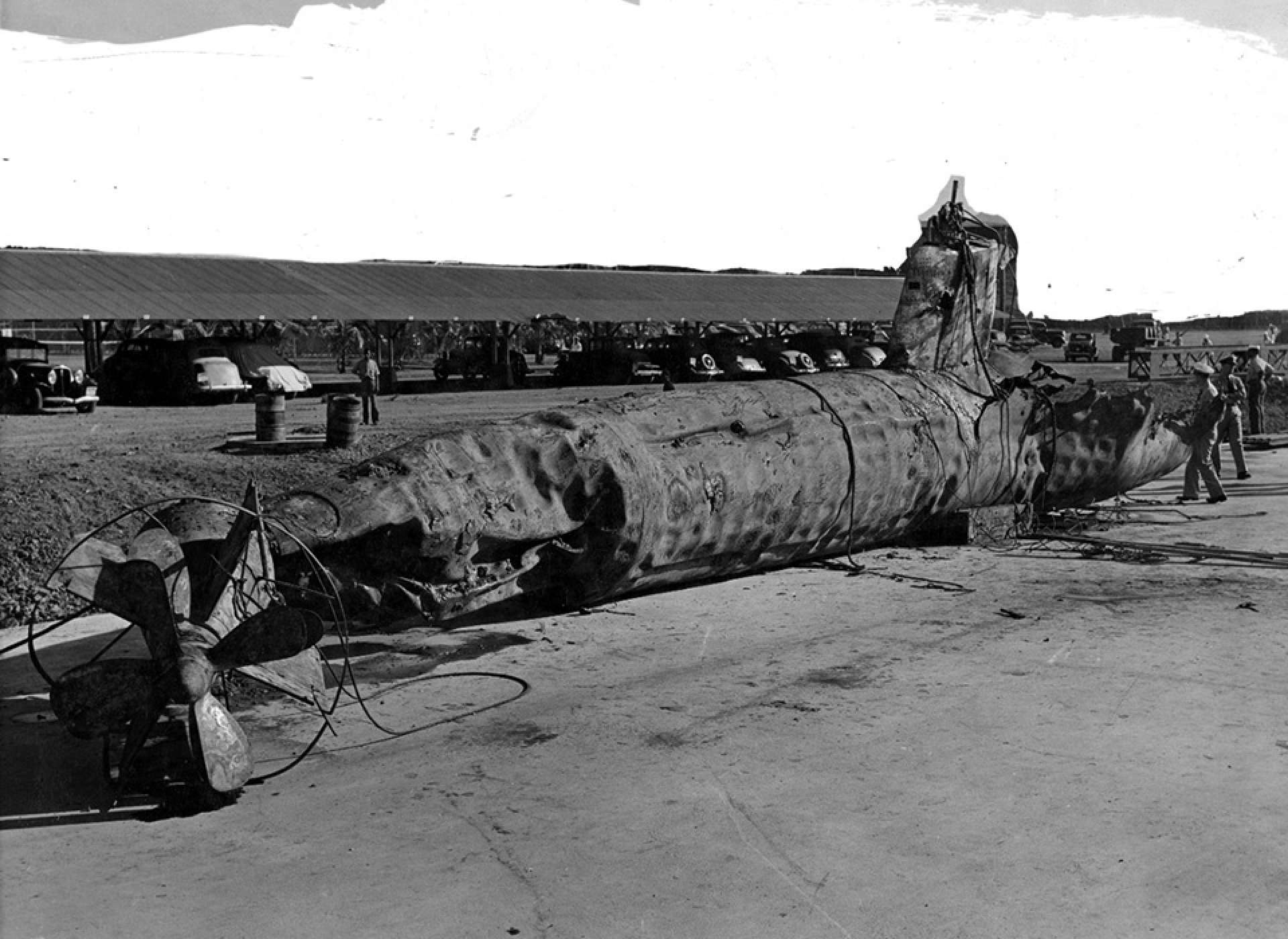
The remains of Japanese Type A submarine I-22 raised from Pearl Harbor in December 1941. The submarine was crushed and ripped open by a ramming and depth charge attack delivered by USS Monaghan (DD-354). Image courtesy of the Naval History and Heritage Command.
Even in all of the chaos of the worst surprise attack in the history of the US Navy, the crew of Monaghan proved that routine, training, and tradition had prepared them to defend their country, sinking an enemy submarine before leaving harbor to fight the rest of the war. As the US Navy recovered from the blow of December 7, Monaghan and the rest of the ships of Destroyer Squadron 1 went on to support the first offensives in the Pacific. The veteran of Pearl Harbor, Monaghan, with the second submarine kill of the war for the US Navy, earned 12 battle stars before foundering in Typhoon Cobra on December 18, 1944.
Joshua Schick
Cite this article:
MLA Citation:
APA Citation:
Chicago Style Citation:
